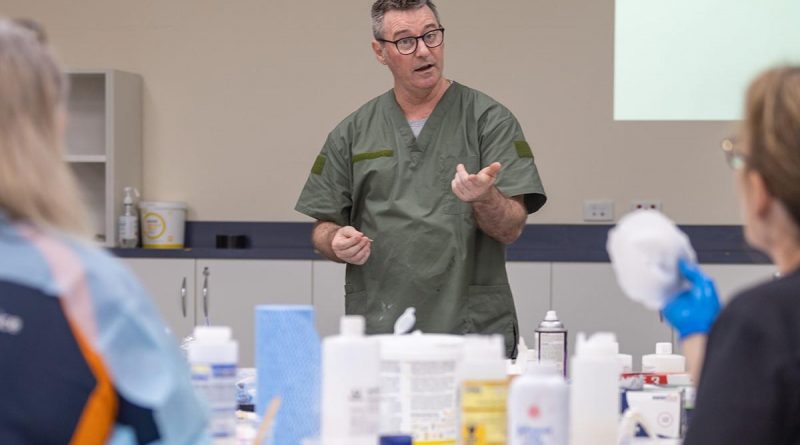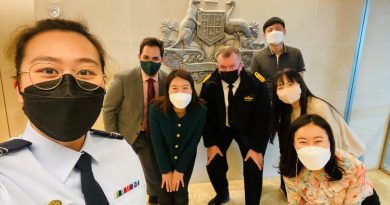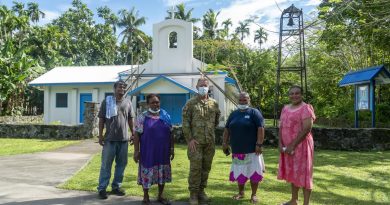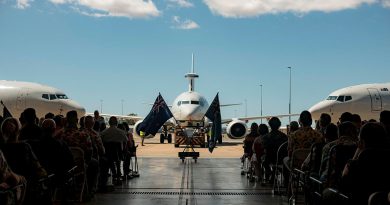Faking it till they make it

Moulage, the use of special effects to create fake wounds and injuries, is one of the simulation techniques the Australian Defence Force (ADF) employs to train its health workers.
CAPTION: Major Paul Krohn teaching clinicians how to make silicone wound prosthetics. Story by Captain Thomas Kaye.
Simulation technology is used across a wide range of industries and there is a heavy reliance on healthcare simulation within the ADF health workforce.
Clinical Facilitator of Immersive Professional Training Major Paul Krohn, from 2nd Health Battalion, uses this approach for training.
“The use of simulation in healthcare provides a safe environment for clinicians rehearsing patient-centred care,” Major Krohn said.
“By using a collection of special make-up effects, it can help clinicians to develop their skills through a variety of tailored and crafted experiences that they may not get consistent exposure to in a clinical setting.”
This technique is known as ‘moulage’, where authentic wounds and injuries are re-created on live role players and simulation manikins.
Undertaking a PhD, Major Krohn is looking at how closely simulation training is to the real-world clinical environment for clinicians.
This gives the ability for them to maintain training levels without relying on infrequent access to real-world scenarios.
“There is a lot of discussion on authenticity and moulage techniques, but researchers are yet to explore the association between authenticity, participant engagement and the overall effect in healthcare simulation,” Major Krohn said.
“My research will focus on analysing the participant’s physiological reaction and cognitive workload and how close the two environments align. It hasn’t been done before in this area.”
Taking place in both a simulated and real-world clinical environment, the stress levels, heart rate, blood pressure and more of the participants will be measured throughout the study.
This will give an answer of whether it makes a better clinician and how close the training environment can be to the real-world clinical environment.
.
.

.
.





